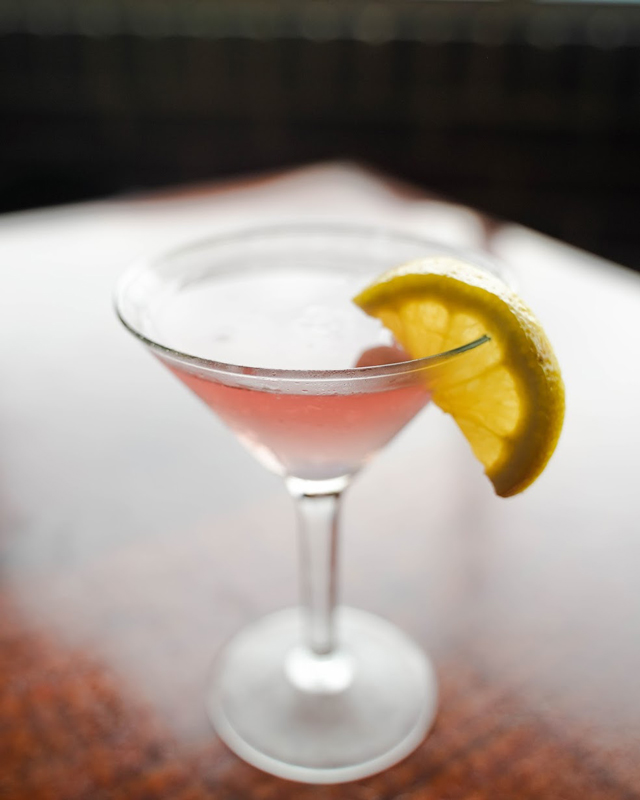Catering
Let us cater your next event
The Beach Pub would be honored to provide our services for your next event. Each event is bespoke to your tastes and needs, to provide the best experience possible for you and your guests.
The Beach Pub would be honored to provide our services for your next event. Each event is bespoke to your tastes and needs, to provide the best experience possible for you and your guests.
Don't feel like cooking today? We got you covered - order now!




The Beach Pub opened in 1978 at 404 Laskin Road in Virginia Beach. It was opened by Buddy Barco and Harry Smithson. The restaurant became a popular spot with many locals and served breakfast, lunch, and dinner.
Best fried clams I've ever had! Great, no frills casual atmosphere. Friendly servers. Food is fresh and delicious. Highly recommend.
Fried shrimp tacos are delicious. A little heat on the shrimp, with a little sweet of the pineapple together are really good.
Excellent food! Love the back fin crab omelette, great all you can eat flounder one night a week. Great staff, visit every time I am in Va Beach.
A great place whether you are local to the area or just visiting. Ample servings, super great staff and a very pleasant experience every time!!!
A great place with good service for breakfast/brunch made to order replete with Mimosas and Bloody Marys. The Lox and Eggs is a winner if you love salmon.